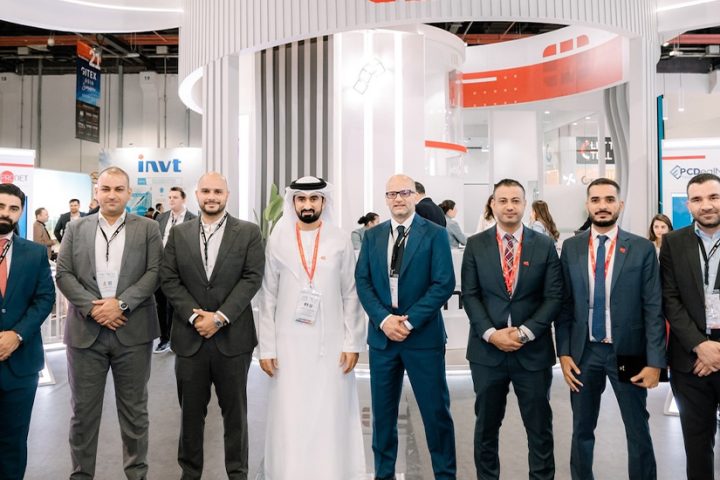Veeam is expanding its footprint in Europe, Middle East and Africa (EMEA) by opening a new research and development center in Prague, Czech Republic where engineers will work on innovative data management, automation, and Hyper-Availability technology.
Located in the funky design quarter, Holešovice, the new Veeam office will double the square footage of its existing premises to 3,000 sq. ft., and accommodate more than 500 employees, mirroring the aggressive growth the software firm has delivered in recent years; Veeam has reported 39 consecutive quarters of double-digit bookings growth, and is the unquestionable leader in providing intelligent data management solutions for the Hyper-Available enterprise.
“Most of the jobs we’re creating here in Prague will be specialized, high-tech roles and quality assurance positions within our R&D teams,” said Anton Gostev, Vice President of Product Management at Veeam. “We will hire people capable of creating our next big idea, to make the digital economy we live in ‘always-on’ and hyper-available, and in turn create new customer experiences, transform business models and empower workforce innovations.”
From its Prague office, Veeam has representation in most countries across the region and is actively expanding its network of distributors and partners to enlarge its presence. In addition to developing award-winning Veeam software, Veeam R&D center employees in Prague are creating enterprise-level products and delivering off-the-shelf software for the B2B market.
“In our R&D facility in Prague, we have a team of highly-skilled technology professionals working on the development of Hyper-Availability solutions to serve our ever-increasing customer base of more than 300,000 customers worldwide,“ said Olivier Robinne, Senior Vice President of EMEA at Veeam. “Hyper-availability is the new expectation for data in today’s business world. Data must move from today’s basic legacy solutions for Backup and Recovery, which copy data at prescribed intervals, to a new system of Intelligent Data Management, where data learns to respond instantly and appropriately to what actually happens anywhere across the infrastructure, not just based on policy but on identified behaviours.”














